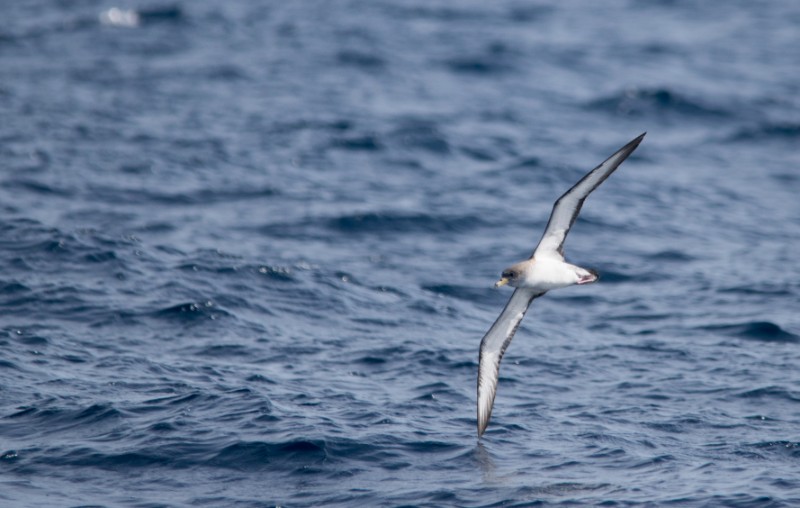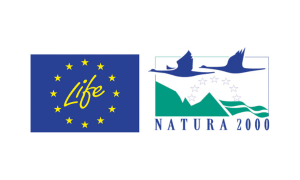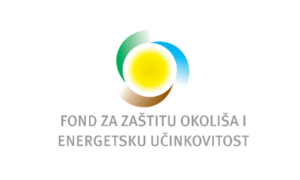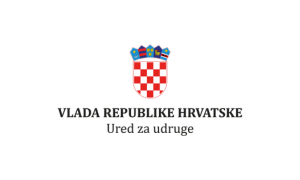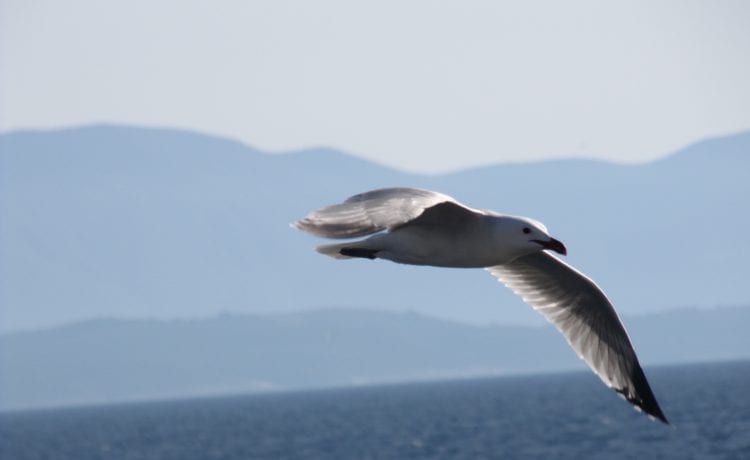Full project title:
LIFE Artina Project – Network for the Conservation of Seabirds in the Adriatic
Duration:
2018 – 2023
Total value:
€1,921,387
Funding sources:
The project is co-financed by the LIFE Programme of the European Union under grant agreement No. LIFE17 NAT/HR/000594.
Contribution of the EU LIFE Programme: €1,152,832 (60.00% of the total project budget).
The project is also co-financed by the Office for Cooperation with NGOs of the Government of the Republic of Croatia and the Environmental Protection and Energy Efficiency Fund.
Lead partner:
Association BIOM
Partners:
Association Sunce, Public Institution Nature Park Lastovo Islands, and BirdLife Malta
Web:
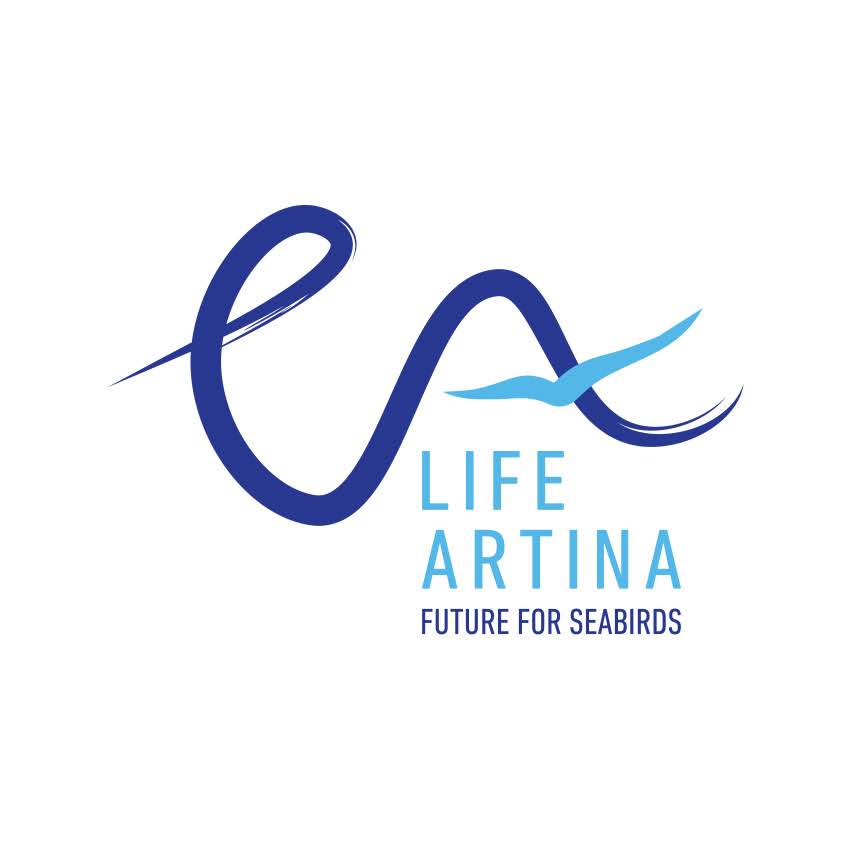
Project goals
Overall objective of the LIFE Artina project is to create the preconditions for the designation of new marine conservation areas important for birds (SPA) in Croatia by creating a list of proposed new SPA sites and development of conservation measures for these areas.
Project specific objectives are:
- Identify marine SPAs at sea in southern part of Croatia for the Audouin’s Gull, the Scopoli’s Shearwater and Yelkouan Shearwater.
- Understand and assess the main threats affecting seabird populations on land and at sea in the project area and define actions to mitigate them.
- Eradicate alien terrestrial invasive species (ship rats) that negatively impact on Shearwater breeding colonies and control of Yellow-legged Gulls at breeding colonies of Audouin’s Gulls.
Project summary
The LIFE ARTINA project is a nature and biodiversity conservation project (2018–2023) aimed at improving the protection status of three seabird species in Croatia:
- Audouin’s gull (Larus audouinii),
- Yelkouan shearwater (Puffinus yelkouan), and
- Scopoli’s shearwater (Calonectris diomedea).
The project was designed to address the major challenges in conserving these three pelagic species and to create the necessary conditions for the recovery of their populations within two adjacent Special Protection Areas (SPAs) in southern Croatia – the Lastovo Archipelago SPA and the Open Sea Islands SPA.
Project objectives were defined through three main tasks:
- Identifying marine Important Bird Areas (IBAs) in southern Croatia relevant to the target species.
- Understanding and assessing the main threats to seabird populations at sea and on land within the project area and defining measures to mitigate them.
- Eradicating the invasive black rat (Rattus rattus) from nesting sites of Yelkouan and Scopoli’s shearwaters and controlling yellow-legged gull (Larus michahellis) populations at Audouin’s gull nesting sites.
Identified threats
The main threats identified before and during the project were: predation by invasive mammals, negative interactions with yellow-legged gulls, light pollution, bycatch in fishing gear, marine pollution, and disturbance from tourists and other visitors.
Project results
During the project, black rats were permanently eradicated from six islands, while populations were controlled annually on five additional islands. The removal and control of rats had a rapid and positive effect on breeding success: the breeding success of Yelkouan shearwaters increased from 35% to 76%, and of Scopoli’s shearwaters from 45% to 63%. The number of breeding pairs also rose significantly, with the 2022 census recording 569 Yelkouan shearwaters (compared to 91 in 2019) and 369 Scopoli’s shearwaters (compared to 96 in 2019).
This increase was also attributed to improved nest monitoring methods, which led to the discovery of six previously unknown colonies. In addition, the project developed a computer program for automatic recognition of shearwater vocalizations, enabling acoustic monitoring at remote sites using sound recorders. This tool could be applied across Mediterranean breeding areas of these species.
In contrast, the number and breeding success of Audouin’s gulls fluctuated strongly from year to year. Despite successful rat eradication on historically important breeding sites—including the Vrhovnjaci islets between Mljet and Lastovo—the main threat from yellow-legged gull competition and predation could not be mitigated during the project. It is assumed that reducing yellow-legged gull numbers can only be achieved through improved regional waste management practices.
To enhance seabird conservation, 192 boat transects were conducted around the Lastovo Archipelago SPA, and GPS transmitters were deployed on 40 Yelkouan shearwaters, 40 Scopoli’s shearwaters, and 25 Audouin’s gulls. Analysis using the BirdLife Marine Toolkit identified five new Important Bird Areas (IBAs) and suggested expanding two existing ones to include key feeding and resting sites. Two of these newly identified IBAs (Northern Adriatic and Lastovo Channel) were designated as Special Protection Areas within Croatia’s Natura 2000 network.
Bycatch in fishing gear was recognized as one of the main threats to seabirds, particularly in the new marine SPAs. The project aimed to influence Croatian fisheries policy to include specific seabird protection measures. In cooperation with six fishers, the first national bycatch mitigation trials were carried out, testing weighted demersal longlines, floating longlines with hook protection, and LED-illuminated nets. While comprehensive policy changes remain a long-term goal, the first officially recorded seabird bycatch in Croatia occurred during this project.
The project also carried out systematic marine litter monitoring in the Lastovo Archipelago SPA — the first such effort in any Croatian protected area. Based on the results, the national monitoring protocol was updated. The topic of marine litter proved highly effective for public engagement: 31 beach and seabed clean-up actions were organized, removing 14 tonnes of waste.
Communication and awareness-raising activities
The project included a seabird exhibition, posters on ferries (Split–Ubli line), themed hiking trail opening, and annual events on Lastovo. Light pollution issues were addressed in cooperation with local restaurant owners, through leaflets on light pollution and seabird rescue procedures, distributed to the local community.
Additionally, 71 workshops, 5 field visits, and 5 boat trips were organized for 215 children from Lastovo, Vis, and Korčula.
Project team members also visited LIFE Diomedee, LIFE PanPuffinus!, and Biosecurity for LIFE projects to exchange and adopt new knowledge and best practices in seabird conservation. Lessons and experiences from the project were shared nationally through webinars, visits to public institutions, and training for protected area authorities, focusing on monitoring methodologies and protocols.
The project team organized visits to LIFE Diomedee, LIFE PanPuffinus!, and Biosecurity for LIFE projects, which facilitated the exchange and adoption of new knowledge and practical solutions for seabird conservation. The knowledge and experiences gained through the project and collaborations were shared nationally via webinars, visits to public institutions, and supervisory bodies of protected areas, with a particular focus on monitoring methodologies and protocols. This network of collaborators served as the foundation for the proposal of a new project with national and international partners, LIFE TETIDE, which focuses on island biosecurity.
Materials and publications
